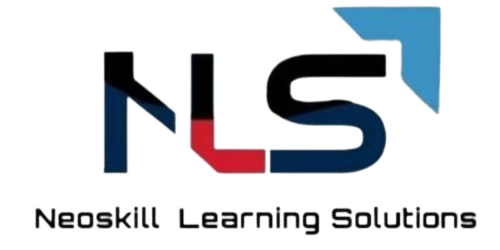Menu
Lean Six Sigma Yellow Belt Certification Course Overview
A Sigma Yellow Belt Training program involving methods of problem-solving through expert coaching. The training will comprise of practical approachability to the problem, class lectures, team exercises, and understanding case studies. The completion of the course will provide you with increased productivity, improved quality, increased communication among peers, optimization of resources, reduced cost and customer satisfaction. A Six Sigma exam is held after completing the course.
Lean Six Sigma Yellow Belt Curriculum
Define Phase: The Basics of Six Sigma
- Meanings of Six Sigma
- General History of Six Sigma & Continuous Improvement
- Deliverables of a Lean Six Sigma Project
- The Problem Solving Strategy Y = f(x)
- Voice of the Customer, Business and Employee
- Six Sigma Roles & Responsibilities
Define Phase: The Fundamentals of Six Sigma
- Defining a Process
- Critical to Quality Characteristics (CTQ’s)
- Cost of Poor Quality (COPQ)
- Pareto Analysis (80:20 rule)
- Basic Six Sigma Metrics: a. including DPU, DPMO, FTY, RTY Cycle Time, deriving these metrics and these metrics
Define Phase: Selecting Lean Six Sigma Projects
- Building a Business Case & Project Charter
- Developing Project Metrics
- Financial Evaluation & Benefits Capture
Define Phase: The Lean Enterprise
- Understanding Lean
- The History of Lean
- Lean & Six Sigma
- The Seven Elements of Waste: a. Overproduction, Correction, Inventory, Motion, Over-processing, Conveyance, Waiting
- 5S: Straighten, Shine, Standardize, Self-Discipline, Sort
Measure Phase: Process Definition
- Cause & Effect / Fishbone Diagrams
- Process Mapping, SIPOC, Value Stream Map
- X-Y Diagram
- Failure Modes & Effects Analysis (FMEA)
Measure Phase: Six Sigma Statistics
- Basic Statistics
- Descriptive Statistics
- Normal Distributions & Normality
- Graphical Analysis
Measure Phase: Measurement System Analysis
- Precision & Accuracy
- Bias, Linearity & Stability
- Gage Repeatability & Reproducibility
- Variable & Attribute MSA
Measure Phase: Process Capability
- Capability Analysis
- Concept of Stability
- Attribute & Discrete Capability
- Monitoring Techniques
Control Phase: Lean Controls
- Control Methods for 5S
- Kanban
- Poka-Yoke (Mistake Proofing)
Control Phase: Six Sigma Control Plans
- Cost Benefit Analysis
- Elements of the Control Plan
- Elements of the Response Plan
Get Free Career Guidance
SIX SIGMA Course Description

Target Audience
This course will benefit delegates from businesses that are executing Six Sigma Yellow Belt Certification and willing to expand the knowledge base into their workforce in terms of expectations, overview and capabilities, such as:
Supervisor
Team Leads
Eligibility Criteria
There are no eligibility criteria to take up the Six Sigma Yellow Belt certification. Any professional can undergo training and certification exams.
- Benefits
- Highlight your resume with Six Sigma Yellow Belt
- LSSYB certification helps you to validate your knowledge to current and future employees.
- Increase your marketability in the job market.
- Promote best practices in the field.
- Get ahead of the competition by minimizing the losses.
- Deliver better solutions to customers.
- Improve in business processes.
- Completion of business objectives.

Prateek Piley — “Happy to share this review, Nice trained & professional staff, Excellent coordination with everyone, help in solving your queries.
Highly recommended.Keep up the good work👌👏👏.”
Thursday, August 31, 2017

sudhir bagadhi — “I am very happy with the training and material .It is very effective and all topics were covered and overall maintained standards absolutely.Its a great experience to be a part of training.”
Thursday, August 31, 2017

Anil Tatipaka — “I have recently completed PSM training through NeoSkills, this is my second training with them (previously I complete Prince2 Agile) and both the times I had a good experience with learning..”
Thursday, August 31, 2017

amrut limkar — Nice coordination with the staff.
Ashish was very helpful giving nice training
Overall very nice experience to complete the training and exam..”
Thursday, August 31, 2017
